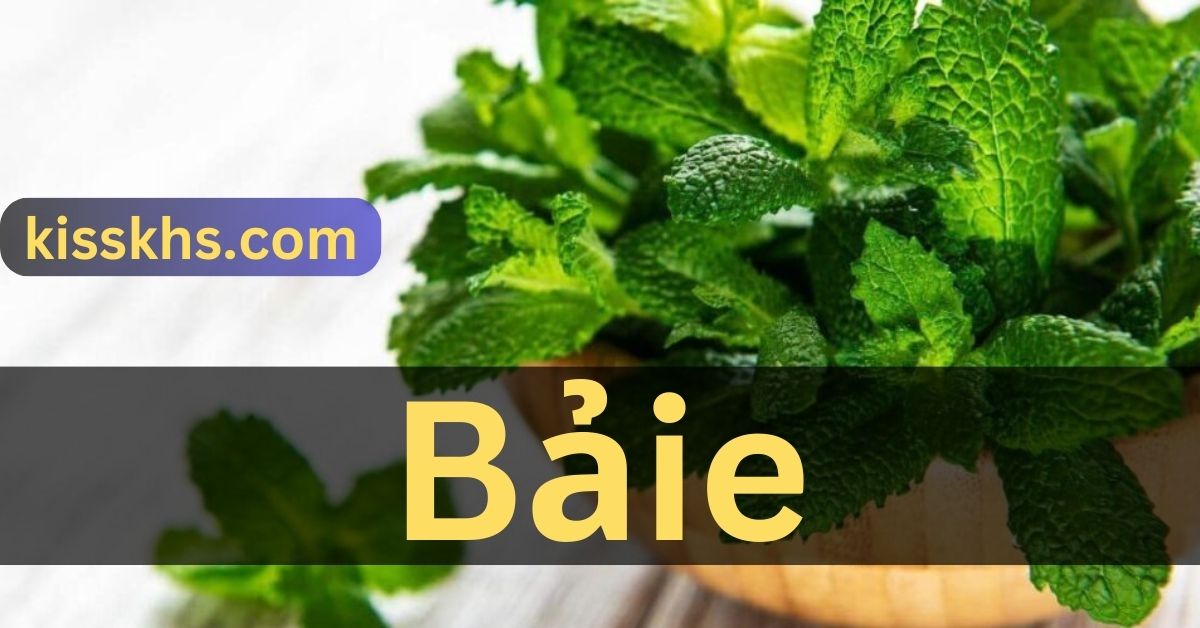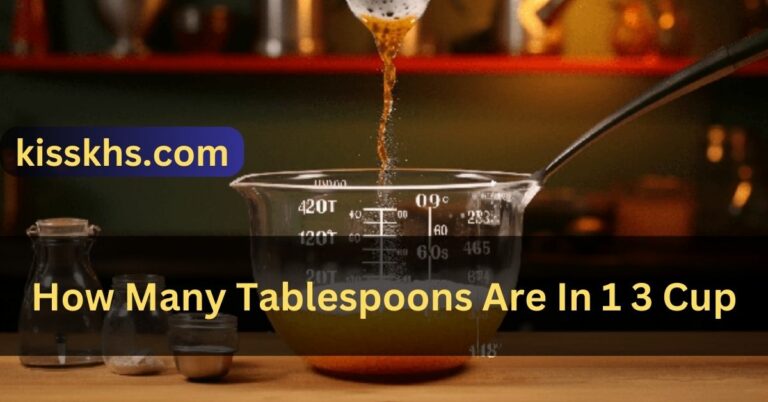Bảie – Let’s Learn Together In 2024!
Bảie is like a special part of Vietnam that brings back memories of bright colors and detailed patterns for those who love it.
Bảie is a special kind of art from Vietnam that’s been loved for a long time. It is a way of keeping Vietnam’s rich culture and artistic traditions alive.
The article talks about where it started, the problems it faces now, and why it’s important for Vietnamese culture and the economy.
Table of Contents:
Exploring Bảie – Some Important Info!
Bảie is like a special Vietnamese art that uses soft, hand-woven silk. When you say ‘bảie it’s like saying ‘silk’ in English. It’s a cool skill that has been handed down from one generation to the next.

| Aspect | Description |
| Pronunciation | Pronounced as “bai-yeah,” it translates to ‘silk’ in English. |
| Craft Origin | Rooted in Vietnamese culture, the craft has been passed down through generations. |
| Artistic Process | Involves meticulous hand-weaving, showcasing skill, and expertise in creating intricate patterns. |
| Cultural Symbol | Beyond fabric, bảie is a symbol of Vietnam’s rich heritage and artistic finesse. |
| Generational Legacy | Passed down through families, bảie embodies a legacy preserving skill, passion, and dedication. |
| Storytelling Aspect | Each piece of bảie carries stories of generations, reflecting the enduring beauty of this traditional art form. |
| Cultural Tapestry | Embedded in Vietnamese culture, bảie connects the present to a woven history, contributing to the nation’s cultural tapestry. |
| Enduring Significance | Bảie serves as a living connection to Vietnam’s cultural heritage, emphasizing the timeless beauty of this traditional craft. |
Development And Evolution Of Bảie Over The Years – Let’s Learn!
The journey of bảie unfolds as a narrative of development and adaptation across the annals of time. Over the years, this traditional Vietnamese art has gracefully embraced and responded to the ever-changing currents of cultural influences and fashion trends.
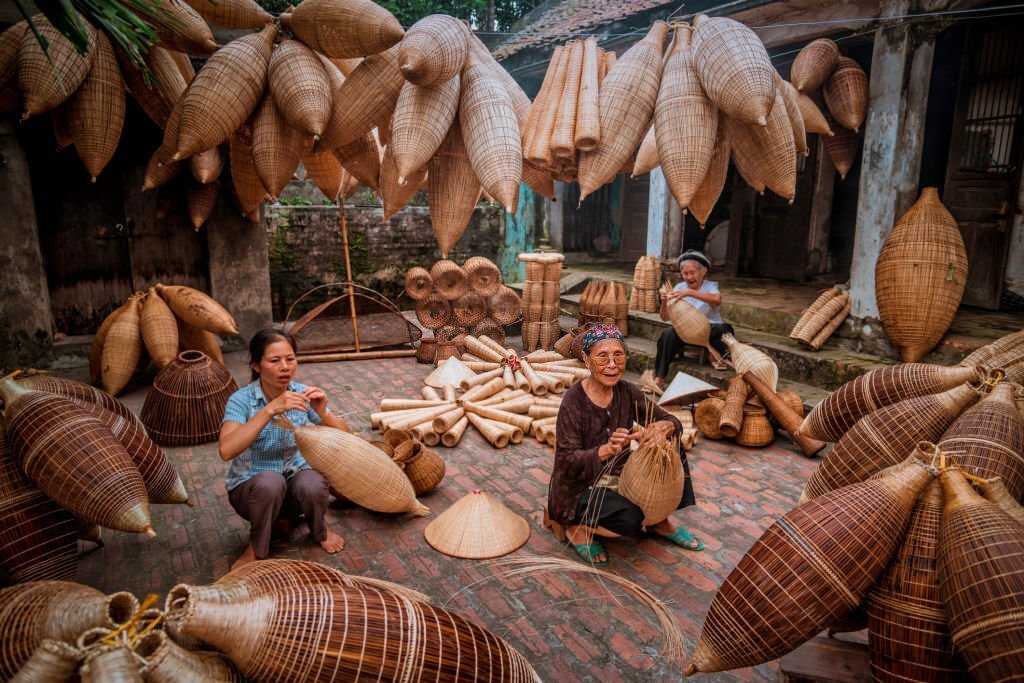
Regions within Vietnam have contributed to the evolution of bảie fostering unique variations in textiles marked by distinctive designs and weaving techniques that reflect the local identity and craftsmanship.
The ongoing story of extended into the contemporary realm, where it continues to metamorphose under the hands of modern designers. Today, bảie not only retains its traditional roots but also thrives as a dynamic and living art form.
Contemporary designers skillfully weave the threads of tradition into the fabric of modern fashion and home decor, bridging the gap between the rich cultural heritage of bảie and the contemporary expressions of style.
As a result, bảie stands not only as a testament to its historical origins but also as a vibrant symbol of cultural resilience, where the past seamlessly interlaces with the present, creating a tapestry that embodies the enduring beauty and adaptability of this cherished Vietnamese art form.
Read Also: 9v9 Soccer Formations – Unlocking Success on the Pitch!
Cultural Significance Of Bảie – You Should Know!
1. Role Of Bảie In Traditional Ceremonies And Celebrations:
Bảie plays a significant role in traditional Vietnamese ceremonies and celebrations. It is often used to make traditional costumes for special occasions such as weddings and religious rituals.
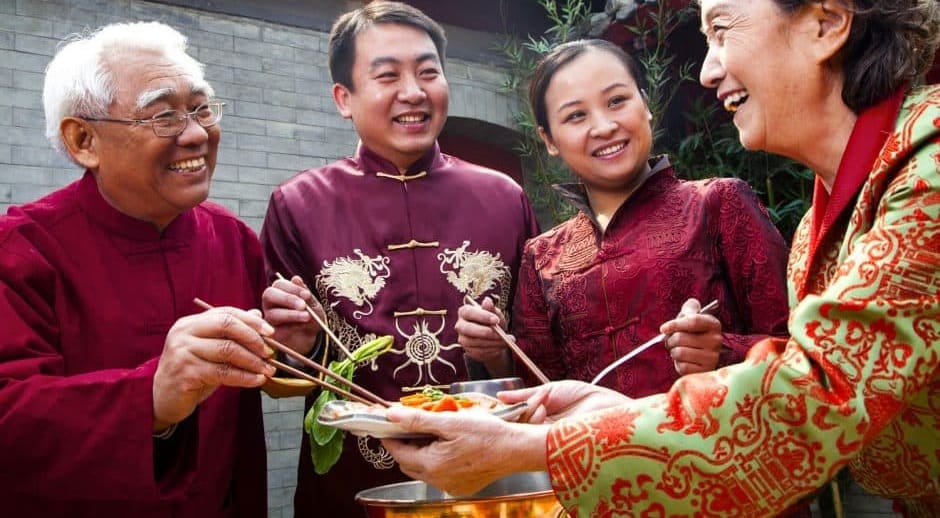
The intricate patterns and vibrant colors of bảie fabrics add a touch of elegance and grandeur to these important events, reflecting the cultural values and traditions of Vietnam.
2. Symbolism And Meanings Associated With Bảie:
Bảieis rich in symbolism and carries deep meanings. The choice of colors and patterns in bảie fabrics can symbolize different aspects of Vietnamese culture, such as prosperity, luck, and spirituality.
From the dragon motifs symbolizing power and strength to the lotus patterns representing purity and enlightenment, bảie weaves together stories and traditions that are both visually captivating and spiritually significant.
Read Also: German Lederhosen – A Timeless Tradition of Style and Heritage!
Traditional Techniques And Materials Used In Bảie – Here To Know!
1. Preparation And Processing Of Raw Materials:
- Commences with cultivating mulberry trees, providing leaves for silkworms.
- Silkworm cocoons are carefully collected and boiled to extract silk threads.
- Threads are spun into yarn and dyed using natural pigments from plants and minerals.
- Results in a diverse palette of colors for the subsequent weaving process.
2. Traditional Dyeing Techniques And Patterns:
- Highly skilled craft involving natural dyeing methods.
- Natural dyes are sourced from plants, roots, and bark.
- Meticulous application of pigments to silk threads before weaving.
- Patterns are created through techniques like tying, knotting, and resist-dyeing.
- Culminates in a mesmerizing array of intricate designs, showcasing the weavers’ expertise and creativity.
Read Also: A Bird Just Shat on My Sister’s Face – Let’s Reveal the Secret!
Impact Of Bảie On The Local Economy And Tourism – Let’s Learn!
1. Significant Economic Impact:
The bảie industry plays a crucial role in the economic landscape of local communities. Income Generation Production and sale of bảie contribute to the income of artisans, weavers, and small-scale businesses within the supply chain.
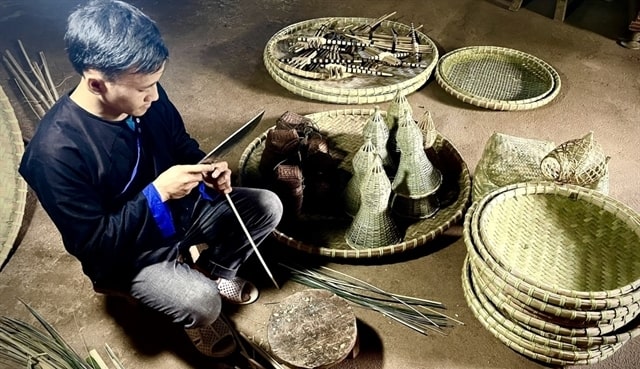
Strengthening Local EconomyThe economic activities surrounding bảie enhance the local economy, positively impacting the livelihoods of individuals and families.
2. Domestic And International Demand:
The demand for bảie products on both domestic and international fronts creates a sustainable market, fostering the growth of this traditional craft. The meticulous craftsmanship and unique aesthetic of bảie? textiles have led to an increased demand from consumers around the world.
Future Prospects And Revitalization Of Bảie – Take Analysis!
1. Potential For Innovation And Market Expansion:
The future of bảie is poised for exciting possibilities, driven by the potential for innovation and market expansion. Designers and entrepreneurs, recognizing the timeless appeal of bảie, are actively exploring avenues for innovation to meet the evolving demands of a dynamic market.
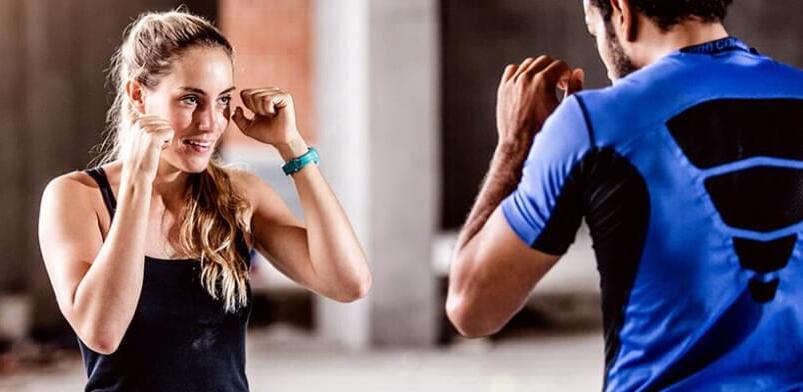
2. Investing In Research and development Emerges As a Pivotal Strategy:
This commitment facilitates continuous innovation in traditional weaving techniques, fostering sustainability, and adapting to contemporary demands.
Read Also: Watch Stories Anonymously – Don’t Miss Out On Any Content!
Frequently asked questions:
1. How is Bảie used in Vietnamese culture?
Bảie plays a vital role in Vietnamese culture, being used in traditional ceremonies, festivals, and celebrations. It is often worn as clothing or used as decorative items such as tablecloths, wall hangings, and accessories
2. Are there any challenges to the preservation of Bảie?
Yes, the preservation of bảiefaces several challenges. With the rise of modernization and globalization, traditional craftsmanship and techniques are at risk of being lost.
3. How can I support the preservation of Bảie?
You can support the preservation of bảie by purchasing authentic bảie products from local artisans or fair-trade organizations. By doing so, you contribute to the livelihoods of traditional artisans and help sustain this cultural heritage.
In a nutshell
Bảie is a special part of Vietnam’s culture, known for its beautiful patterns and colors. To keep its legacy alive, we can help by supporting local artists, coming up with new ideas, and telling others about this amazing tradition.

